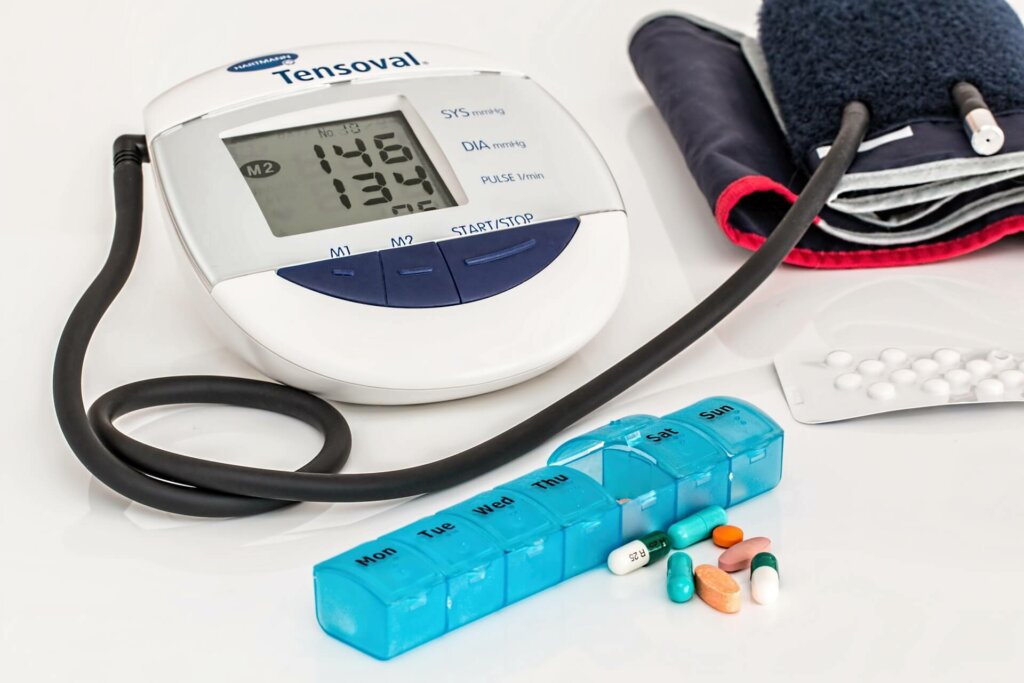With February being National Heart Health Month, I want to focus on heart disease and healthy heart lifestyle changes. Heart disease is the leading cause of death of America, but you can decrease your risk with a few lifestyle changes.
There are many Americans who could take preventative measures against heart disease by eating healthier, exercising more, and not smoking. This article discusses three simple steps that will lower your risk for heart disease.
Eat Better
Eating better is a very broad term, so what exactly does that mean? As a registered dietitian, I will provide you with the correct evidenced based information that will help you lead a healthier life. Focusing on 4 main food groups will help you gain control of your diet: whole grains, vegetables, fruits, and protein.
Whole grains are grains that contain the vitamins, fiber and nutrients your body needs. These include oats, whole grain breads, brown rice, whole grain pasta, and whole grain cereals. To make sure you are choosing the correct items at the store, the words “whole grain” should be listed as the first ingredient on the packaging.
Fruit and vegetables are self-explainable but are a huge part of a balanced and healthy diet. Ensure you are choosing more non-starchy vegetables like broccoli, cauliflower, lettuces, asparagus, celery, tomatoes over starchy vegetables like corn, potatoes, and peas.
Protein is an important aspect to any healthy diet, but it is important to understand what proteins are healthier than others. Healthy proteins are those with minimal fat, no skin, and are grilled, sautéed, or baked. Unhealthier proteins are those that are fried, have skin, and have visible fat. When shopping in the store, make sure you are getting poultry above 90% fat free.
Exercise Better
Exercise is also a very general term and there are many conflicting recommendations on the internet making it confusing to create a good activity plan. The American Heart Association recommends getting at least 150 minutes per week of moderate-intensity aerobic activity, or 75 minutes per week of vigorous aerobic activity, or a combination of both, preferably spread throughout the week. The idea is to move more, even light intensity activity can offset some of the risks of being sedentary. Adding moderate to high intensity muscle strengthening activity, such as resistance or weight training, on at least 2 days per week will help increase lean body mass, which can lead to improved health and heart outcomes.
Stop Smoking
Smoking is one of the leading causes of heart disease and quitting smoking can dramatically reduce your risk for heart disease. There are many options and resources that can help you quit smoking if you need to. You can reach out to a smoking specialist, your primary care physician, enroll in a personalized plan, or getting medicinal or drug assisted help. Diet and exercise are also a huge aspect to quitting smoking. By focusing on eating healthier, and exercising more, you are doing your body a favor and taking the focus of smoking.
Overall Health
In alternative, take a Heart Health Supplement, such as CardioSupport, which is a clinically formulated supplement made entirely of natural components. It has scientifically confirmed qualities that work synergistically to protect your cardiovascular system from damage.
You’ll notice that enhanced blood circulation results in increased energy levels, while lowering stress protein levels results in decreased susceptibility to depression.
While this guide is not a complete guide to health, it focuses on the key components to a healthier lifestyle. Other factors include mental health, going to your primary care doctor and getting treatment as needed, get vaccinated yearly, sleep, and drinking more water. Many of these topics have been discussed in other blog posts, so if you are interested, please visit our other blogs here.

